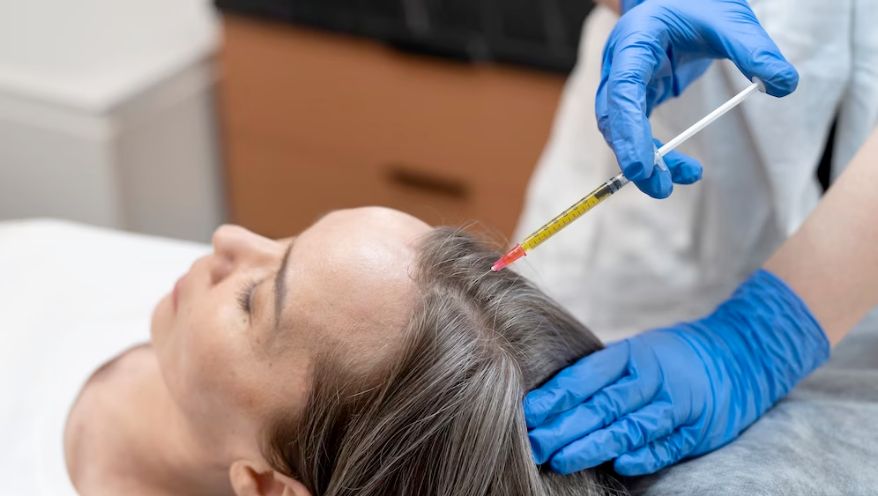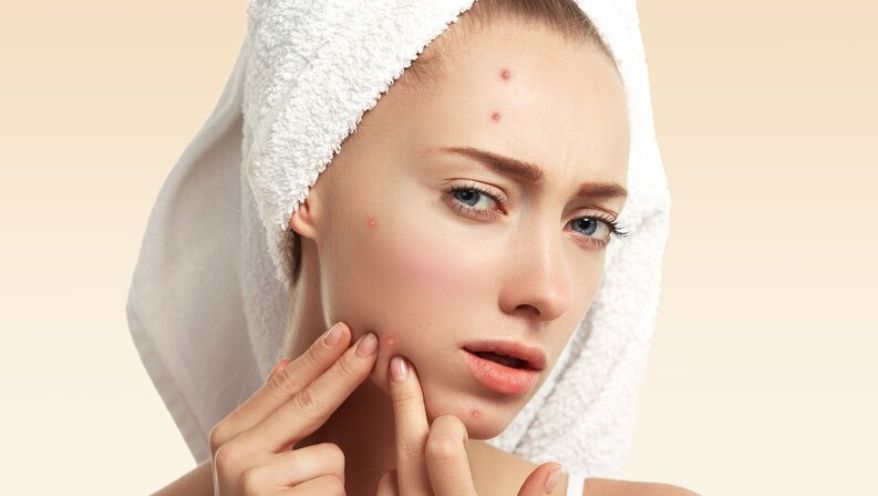Hair Restoration Therapy & It’s Treatment Varieties

Hair loss is a common concern that can affect self-esteem and overall well-being. Fortunately, advancements in medical science have given rise to various hair restoration therapies, offering individuals a chance to regain their lustrous locks and boost their confidence.
Hair restoration therapy encompasses a range of medical and cosmetic treatments designed to counteract hair loss and promote hair regrowth. These therapies can address various factors contributing to hair loss, such as genetics, hormonal imbalances, and environmental factors.
How Hair Restoration Therapy Works
The approach to hair restoration therapy can vary, but some common methods include:
- Medications: There are FDA-approved medications like minoxidil and finasteride that promote hair growth and prevent further loss. These are often used as the first line of defense against hair loss.
- Platelet-Rich Plasma (PRP) Therapy: PRP is a minimally invasive procedure that involves extracting a small amount of your blood, processing it to concentrate platelets, and injecting it into the scalp. PRP stimulates hair follicles and encourages hair growth.
- Low-Level Laser Therapy (LLLT): LLLT devices use low-level lasers or light-emitting diodes to stimulate hair follicles and promote hair growth. These devices are available for home use or can be administered in clinical settings.
- Hair Transplantation: Surgical hair transplantation procedures involve taking hair
follicles from one part of the body and transplanting them to areas with thinning or no hair. There are different techniques, including follicular unit extraction (FUE) and follicular unit transplantation (FUT).
Benefits of Hair Restoration Therapy
Hair restoration therapy offers numerous benefits for individuals experiencing hair loss:
- Hair Regrowth: The primary goal is to stimulate the regrowth of hair in areas with thinning or no hair.
- Prevention of Further Loss: These therapies can help prevent further hair loss, preserving your existing hair.
- Improved Self-Esteem: Restoring your hair can boost your self-confidence and enhance your overall well-being.
- Non-Invasive Options: Many hair restoration therapies, such as medications, PRP, and LLLT, are non-invasive and carry minimal risks.
- Customized Treatments: The choice of therapy can be tailored to your specific type and degree of hair loss, ensuring personalized treatment.
Common Hair Restoration Treatments
Several common hair restoration treatments include:
- PRP Therapy: A minimally invasive treatment involving injections of platelet-rich plasma.
- Low-Level Laser Therapy (LLLT): Available in the form of in-office treatments or portable devices.
- Hair Transplantation: Surgical procedures like FUE and FUT that involve hair follicle transplantation. Downtime will require more attention, which ranges from 7-14 days
Consultation and Aftercare
Before undergoing hair restoration therapy, it’s crucial to consult with a qualified healthcare provider who can assess your unique needs, discuss your goals, and recommend the most suitable treatment plan. Aftercare may vary depending on the chosen therapy but typically involves post-procedure instructions for home care and routine follow-ups.
As there are many options for hair restoration therapy, it is still important for clients to do their homework to see what at-home care is required on their behalf, and what their due diligence will be in order to prolong and maintain results.
Here at Skin Prick, our goal is to provide our clients with an in-depth knowledge and understanding of all our cosmetic procedures we offer, and to provide a completely customizable series of treatments to achieve their desired results.

